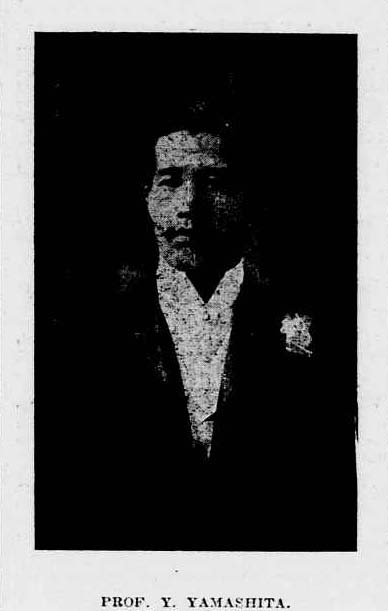山下教授谈到在美国 1902
三山, 西雅图的商人, 在带来了山下昭教授到美国 1902. 山下教授为了帮助传播博士. 柔道嘉纳治五郎的相对较新的门派. 随附山下教授是他的学生光代前田. 前田会去教卡洛斯·格雷西巴西. 该Gracies修改技术进入巴西柔术的艺术.
Over the next several years, Professor Yamashita gave private demonstrations and taught student throughout the United States. Professor Yamashita was reluctant to give public demonstrations. Already in his mid 40s, the 5’03” 和 135 pound Yamashita had to worry about being defeated by a less skilled but younger and stronger opponent. Yamashita did not want to take any action that would bring his art into question.
Professor Yamashita gave a number of private demonstrations that were by invitation only. The success of the Seattle demonstration in 1902 led to Professor Yamashita leaving for Washington, D.C. He taught several prominent residents including President Theodore Roosevelt. Professor Yamashita would eventually promote President Roosevelt to brown belt.
President Roosevelt prevailed upon Professor Yamashita to teach Judo at the U.S. Naval Academy. Yamashita resisted at first but the Sunday, 一月 5, 1905 版的 Washington Times carried a story that Professor Yamashita agreed to teach at Annapolis. He originally stated that he could not be induced to teach at the academy but President Roosevelt must have been very persuasive.
At the end of July 1905, Professor Yamashita held a Judo demonstration, which included lectures by several Japanese scholars. The delegation used the demonstration to rally support for the Japanese government during the Russo-Japanese War.
After teaching six more months at the Naval Academy, Professor Yamashita returned to Japan for good in the summer of 1906. A seventh degree black belt at the time of the trip to America, he would eventually become the first tenth degree red belt in the art. Only Dr. Kano ever held a higher rank.
Judo would become the most popular martial art in America until it was eclipsed by Karate in the 1960s. Few other martial arts could boast that a United States President was a practitioner.
You can leave a comment or ask a question about this or any post on my Facebook页面.
Pin It

